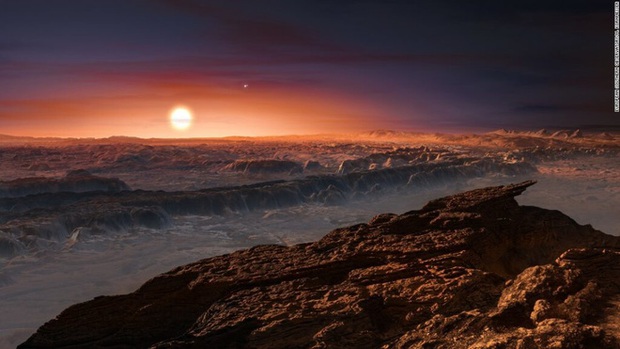This candidate for evolved life is more distinctive than previously discovered exoplanets in many ways.
Three thousand light years from Earth is Kepler-160, a Sun-like star that was once believed to have three small planets orbiting it. In the new study, the scientists just pointed out the possibility of a fourth planet, and they named it KOI-456.04.
This new planet is roughly the size of Earth and orbiting Kepler-160 with an orbit similar to the distance between us and the Sun, giving scientists hope that it is another candidate on the list of planets that could support life.
Most of the exoplanets we’ve discovered revolve around red dwarfs. This does not surprise science, because red dwarfs are the most common planets in the Universe. In addition, our way of detecting exoplanets is by detecting the path of the planet through the star – as the planet passes in front of the star, the amount of light emitted decreases slightly and from there the scientists determined the size, orbit and more information about the exoplanet.
Red dwarfs are not very bright and emit less energy and radiation than other stars, making them a bit easier to spot. Probably the most famous red dwarf star is Proxima Centauri (in the Alpha Centauri system with the Alpha Centauri A and Alpha Centauri B star pair, Proxima Centauri is also the closest star to the solar system, just 4,243 years -light); orbiting Proxima Centauri is an exoplanet called Proxima b, which has the potential to sustain life.
Keep talking about the new discovery. In a new research report published in the journal Astronomy and Astrophysics last Thursday, data on the exoplanet orbiting Kepler-160 has its own interesting points.
From what astronomers have observed, KOI 456.04 is almost double the size of Earth, orbiting Kepler-160 at a distance similar to Earth from the Sun, and completing its orbit in 378 days . Here’s the most important point: KOI 456.04 receives about 93% of the sunlight the Earth receives from the Sun, located far enough from the central star that liquid water exists on the surface.
This data is remarkable, because one of the reasons a red dwarf star cannot stand life is the amount of radiation it emits, which has the potential to revive all life, as well as the planet itself suffers from it. . In contrast, a relatively benign star like the Sun – in theory the Kepler-160 star as well – is much more stable, with the potential to support the development of life.
The study authors discovered KOI-456.04 through analysis of old data obtained with the Kepler telescope. They applied two new algorithms to analyze the luminosity emitted by Kepler-140, and thus identify the new exoplanet.
Right now, the team believes there is an 85% chance that KOI-456.04 will be a real planet – a body that needs to grow over 99% to be recognized as an exoplanet. To get this 99% confirmation, astronomers must continue to monitor this star system, and when NASA’s James Webb (slated for launch in 2021) and PLATO (slated for 2026) telescopes. KOI-456.04 is a “brother” of Earth.



